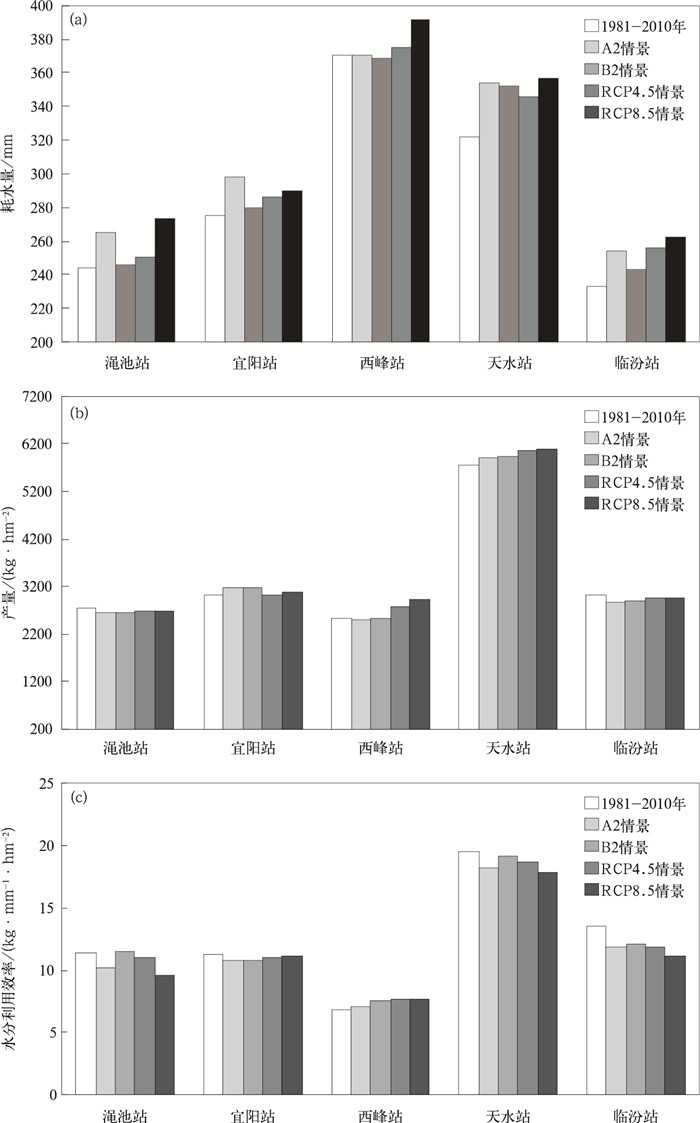|
[1]
|
|
|
[2]
|
|
|
[3]
|
|
|
[4]
|
|
|
[5]
|
|
|
[6]
|
|
|
[7]
|
|
|
[8]
|
|
|
[9]
|
|
|
[10]
|
|
|
[11]
|
|
|
[12]
|
|
|
[13]
|
|
|
[14]
|
|
|
[15]
|
|
|
[16]
|
|
|
[17]
|
|
|
[18]
|
|
|
[19]
|
|
|
[20]
|
|
|
[21]
|
|
|
[22]
|
Gao X J, Shi Y, Zhang D F, et al.Climate change in China in the 21st century as simulated by a high resolution regional climate model.Chinese Science Bulletin, 2012, 57(10):1188-1195. doi: 10.1007/s11434-011-4935-8 |
|
[23]
|
Gao X J, Shi Y, Song R Y, et al.Reduction of future monsoon precipitation over China:Comparison between a high resolution RCM simulation and the driving GCM.Meteorology and Atmospheric Physics, 2008, 100:73-86. doi: 10.1007/s00703-008-0296-5 |
|
[24]
|
|
|
[25]
|
|
|
[26]
|
|
|
[27]
|
|
|
[28]
|
|
|
[29]
|
|
|
[30]
|
|
|
[31]
|
|
|
[32]
|
|
|
[33]
|
|
|
[34]
|
|





 DownLoad:
DownLoad:



